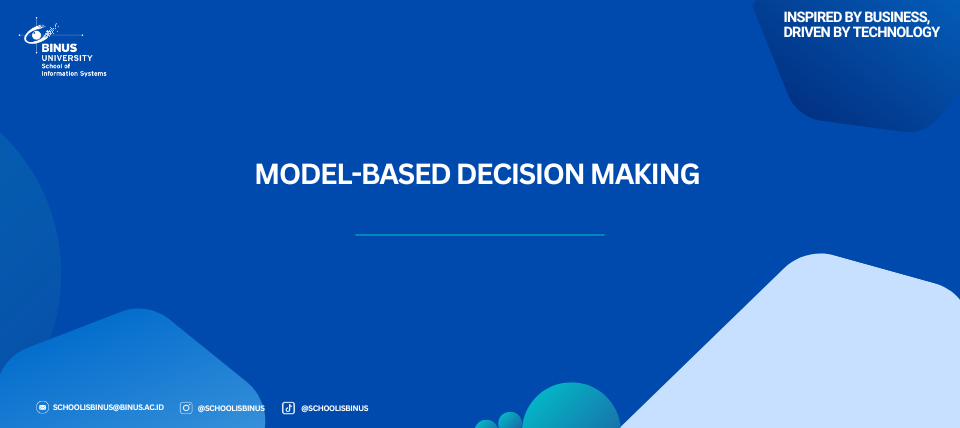Model-Based Decision Making

Prescriptive analytics involves using analytical models to guide decision-making, going beyond understanding historical data or predicting future outcomes. It helps organizations determine actions that optimize objectives such as profit, customer retention, cost efficiency, and resource allocation. Examples include deciding which customers to target with promotions, setting prices to maximize sales, awarding vendor contracts to minimize costs, scheduling store employees based on predicted customer arrival patterns, determining warehouse locations based on demand and supply chain costs, and planning daily delivery routes efficiently. By leveraging descriptive and predictive insights, prescriptive analytics enables decision makers to make better, justified decisions, often referred to as decision analytics. Real-world applications of prescriptive analytics can save or generate millions of dollars, as illustrated by Christiansen et al. (2009), who reported that a shipping company using the TurboRouter decision support system optimized ship routing and scheduling to generate an additional $1–2 million in just three weeks.
Prescriptive Analytics Model Examples
Modelling is a central component of prescriptive analytics, as it allows organizations to recommend decisions for complex, real-world problems that cannot be solved manually. For instance, determining which customers among millions should receive specific offers to maximize overall response while staying within budget requires a probability-based response maximization model with budget constraints. Depending on the problem, there are various classes of models and specialized techniques for solving each one. This chapter introduces two modelling methods, though universities often cover these topics in courses such as Operations Research, Management Science, Decision Support Systems, and Simulation to provide deeper expertise. Because prescriptive analytics relies heavily on mathematical models, it is closely related to the field of data science. Before exploring mathematical modelling for prescriptive analytics, it is important to first understand key modelling issues.
Identification of the Problem and Environmental Analysis
No decision is made in isolation, so it is crucial to analyse the scope of the domain and the dynamics of the environment. A decision maker must consider organizational culture and corporate decision-making processes, such as who makes decisions and the degree of centralization. Environmental factors often contribute to existing problems, making environmental scanning and analysis monitoring, scanning, and interpreting collected information essential. Business intelligence and analytics (BI/BA) tools can help identify problems, but the problem must be clearly understood and shared among all stakeholders, as the model representing the problem will be ineffective otherwise. Identifying a model’s variables, including decision, result, and uncontrollable variables, along with their relationships, is critical. Influence diagrams and cognitive maps can aid in understanding variables and their interactions. Forecasting, a key component of predictive analytics, is also essential for prescriptive analytics because decisions typically affect the future. Running analyses on past data alone is insufficient. In today’s online commerce and communication environment, vast amounts of information enable rapid forecasting of demand and other key metrics, incorporating product life-cycle data and market insights to optimize decisions and potentially increase sales.

